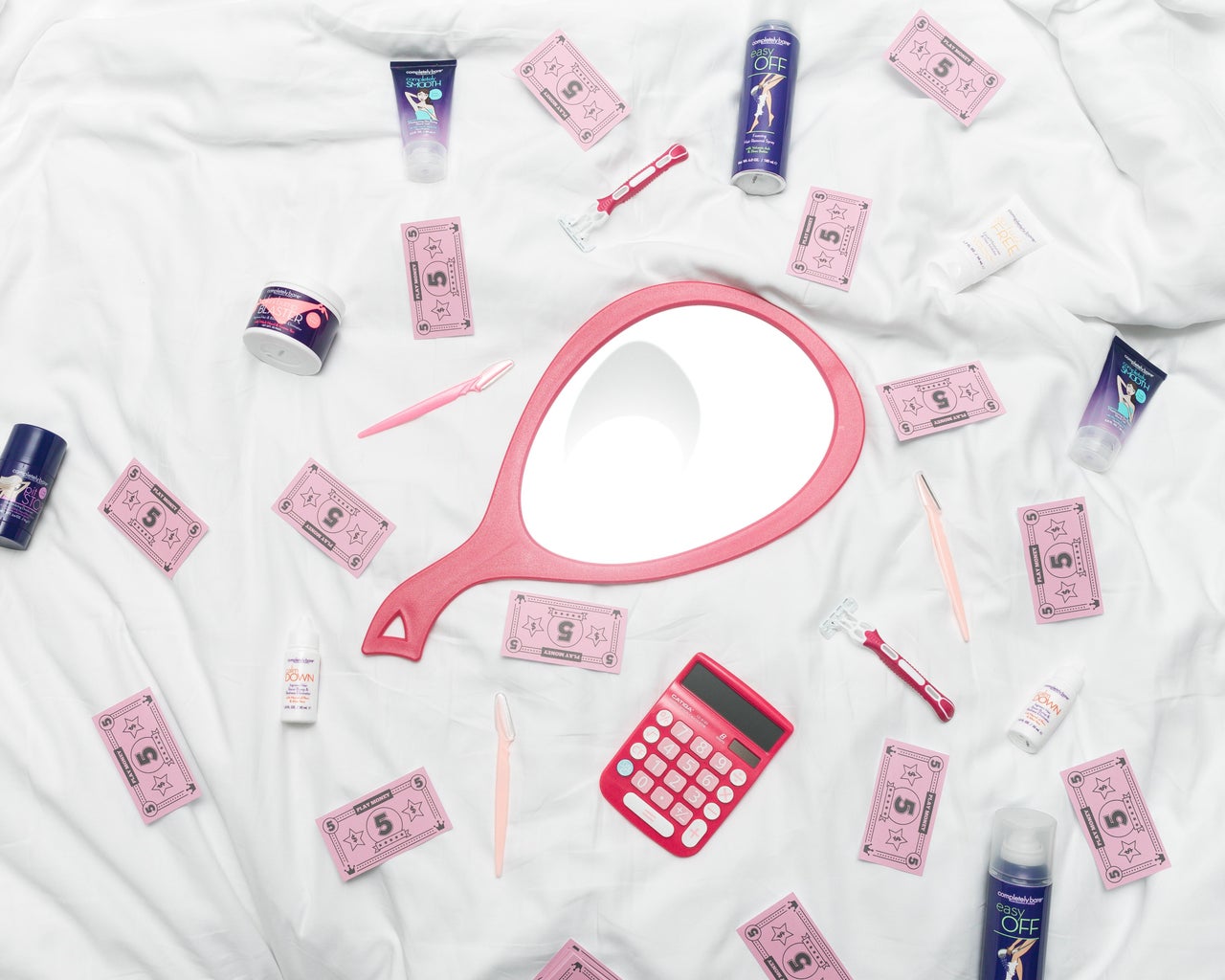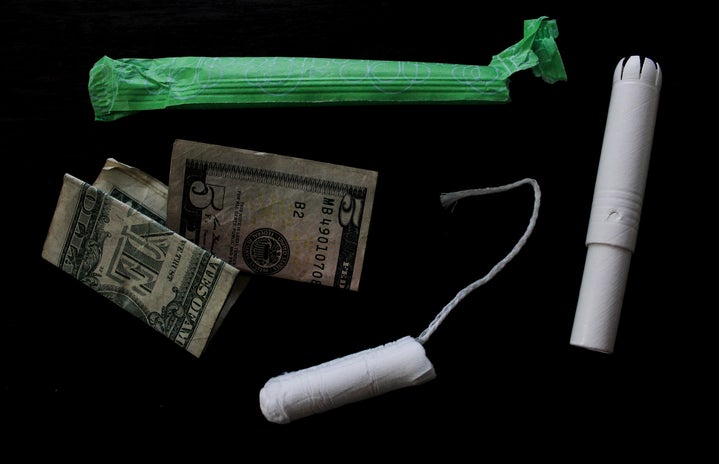You walk into a drug store and come down the razor aisle. Within seconds you know exactly where the men’s razors are and where the women’s razors are simply by the stark difference in color. Feminine products are almost too vibrant to miss. Everything looks like an explosion of pink and purple, sometimes with a touch of glitter or fruity and floral fragrances. The traditional differences in scent and color are accompanied by the not-so appealing price differences between masculine and feminine products. Guess which costs more: fluorescent pinks and purples or dull navy blues, blacks and grays?
According to Healthline, the pink tax involves gender-based pricing in which products that are directly advertised and intended for women’s use are upcharged. Despite there being virtually no difference in product quality in comparison to products directly advertised and intended for men’s use, pink things are more expensive. Although the pink tax is not technically a tax, it is a product of classic capitalism. Lawyer and co-founder of Period Equity Jennifer Weiss-Wolf is quoted in Healthline explaining that the pink tax is an “income-generating scenario for private companies who found a way to make their product look either more directed to or more appropriate for the population and saw that as a moneymaker.” The pink tax has been used in Florida for over 20 years. Consumer reports in 2010 found that on a national level, women were paying up to 50 percent more than men for similar products.
In 2015, the New York City Department of Consumer Affairs released a report highlighting that there are price disparities amongst almost 800 products across five different industries. These industries include toys and accessories, children’s clothing, adult clothing, personal care products and senior/home health care products. In every single industry, it has been concluded that consumer goods marketed towards women and girls cost more. The most staggering price difference is in personal care products. The average women’s shampoo and conditioner cost 48 percent more than the average men’s shampoo and conditioner. Following the trend, pretty pink razors cost 11 percent more than men’s razors while body wash costs six percent more. The pink tax ultimately misleads consumers into thinking that pink and black products have more differences besides their color and price, but they remain nearly the same.

So why are women paying more for their products? iGrad states that it is generally due to certain female products costing more to produce, naturally making them more expensive, as well as marketers and pricing experts knowing that women are more willing to pay more money for visually gender-specific products. Women are tricked into paying extra for the pinkness and glitter, thinking it is better suited for their specific feminine needs. In reality, they could be saving money by buying men’s products that do the same thing as the pink product.
Women are paying the price for their uncontrollable biology. The pink tax targets the gender that systemically earns less money than the other gender. For every dollar a man makes, a woman makes 79 cents for the same job or position. According to Listen Money Matters, it is costing women around $1,300 more per year, just for being a woman. That $1,300 makes the gender pay gap more detrimental to the financial stability and economic status of millions of women in the United States. That 13 percent price increase in personal care products hits the women and girls of lower-income households more powerfully, heavily holding them down with no room to grow financially.
Steps towards repealing the pink tax are being taken, but it is not an easy path. In 2016, Congresswoman Rep. Speier (D-CA) introduced a bill to repeal the pink tax; however, it failed to make it out of committee. This year, she is reintroducing the Pink Tax Repeal Act that, if passed, would enable consumers to take civil action against businesses that are discriminatory in their pricing. While it is unlikely that companies will stop making pink, glittery and fragrant products that look stereotypically feminine, they do have the ability to stop upcharging them.
If you ever question whether or not you are unknowingly paying the pink tax, here is a definite sign. If you are a woman who buys feminine hygiene items along with women orientated clothing, razors and soaps, you are paying the pink tax. So, ladies, next time you buy a razor or shaving cream, do your wallet a favor and buy the men’s products.
Want to see more HCFSU? Be sure to like us on Facebook and follow us on Instagram, Twitter, TikTok, Youtube and Pinterest!



